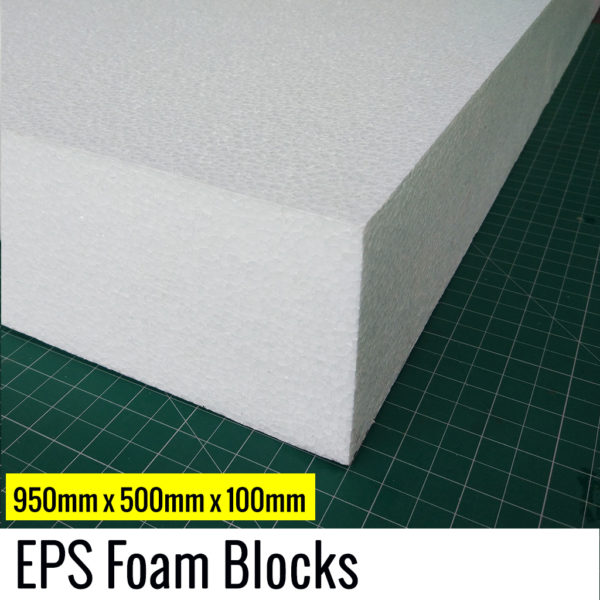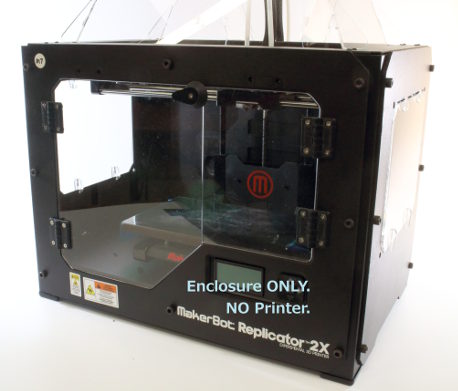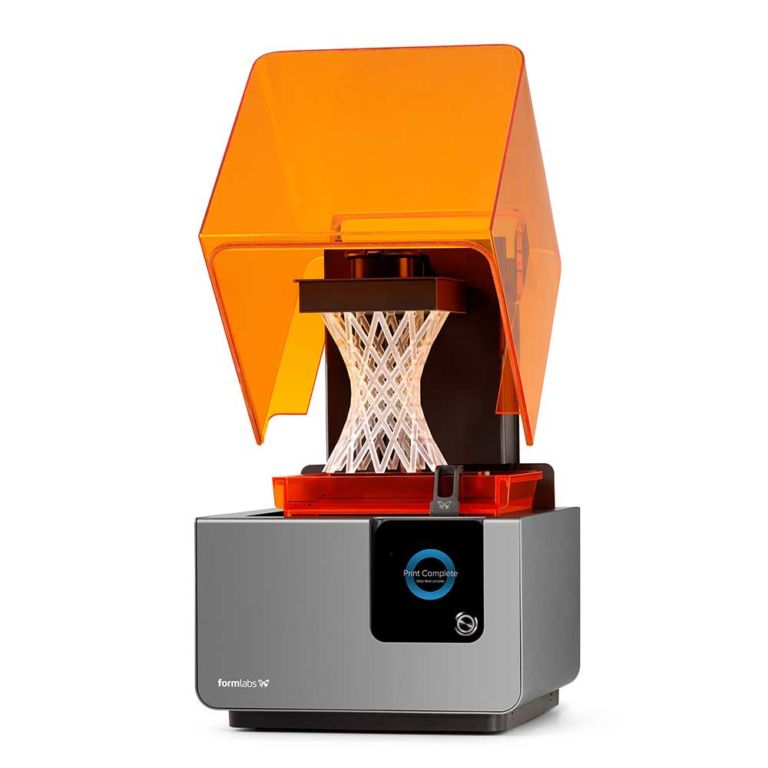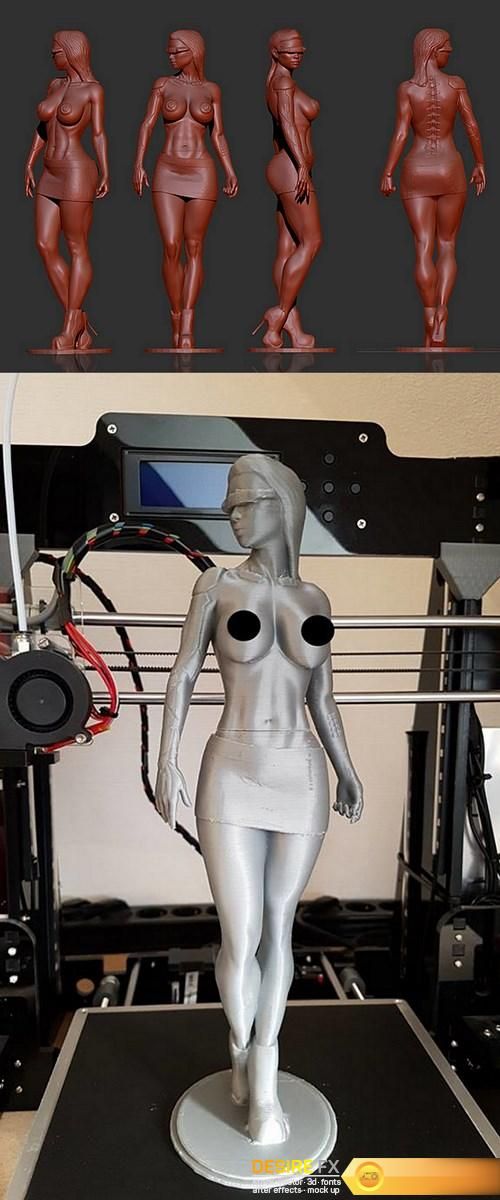3D printers illegal
3 Things That Are Illegal to 3D Print
By Christopher Coble, Esq. on October 08, 2015 1:21 PM
Kanye West is afraid that 3D printing will kill the shoe industry. Why is Kanye afraid? Maybe because adidas, who makes his Yeezy Boost 350 (which you can get on the second-hand market for a cool $1,000), said it's making a running show with 3D-printed materials. Now enterprising bootleggers might start printing their own Yeezys.
Kanye might be right to worry -- the laws against 3D printing are pretty lax. But there are a few things that are illegal to 3D print.
3 Ways to Break the Law With 3D Printing
Here are three things that are illegal to print with a 3D printer:
- Patented Objects: Having a patent on an invention or innovation means no one else can create, use, or sell a product without the patent holder's permission. Therefore, 3D printing of a patented object is illegal, and the patent holder could sue for patent infringement.
Here's one drawback, however: in order to obtain a patent inventors must file a patent application with detailed plans of what is being patented. So just by seeking legal protection, you may be giving counterfeiters the means by which to copy your invention.
- Assault Weapons: For the most part, 3D printing of guns is unregulated, and it is legal to manufacture firearms for personal use without a license. But there are limits. In jurisdictions where the possession of assault weapons is banned, that includes weapons printed at home. And printing undetectable guns is still illegal. It's also possible that disseminating 3D printing plans for guns may be illegal. The State Department ordered plans for 3D guns to be removed from online forums, although the case is under appeal.
- Bombs: This one should be fairly obvious. No, you cannot 3D print a thermonuclear bomb.
Think of it this way: if it's already illegal to own, 3D printing your own version at home won't magically make it legal.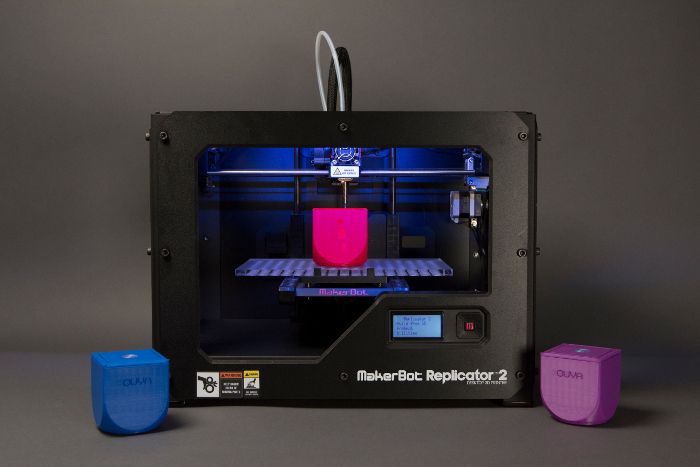 If you still have questions, you may want to contact an experienced attorney before hitting "Print."
If you still have questions, you may want to contact an experienced attorney before hitting "Print."
Violating someone's trademark with your 3D printer may invite civil action. But if you violate gun laws by printing a gun unlawfully, you may find yourself in the market for a criminal defense attorney.
Related Resources:
- Browse Criminal Defense Lawyers by Location (FindLaw Directory)
- 3D Printing May Lead to 'Physible' 3D Piracy (FindLaw's Technologist)
- 3D Gun Printers Take Their Case to the Fifth Circuit (FindLaw's Fifth Circuit)
- Facebook Posts New Rules for Gun Sales (FindLaw's Law and Daily Life)
You Don’t Have To Solve This on Your Own – Get a Lawyer’s Help
Meeting with a lawyer can help you understand your options and how to best protect your rights. Visit our attorney directory to find a lawyer near you who can help.
Content For You
Civil Rights
Block on Trump's Asylum Ban Upheld by Supreme Court
Criminal
Judges Can Release Secret Grand Jury Records
Civil Rights
Politicians Can't Block Voters on Facebook, Court Rules
Is It illegal to 3D Print a 3D Printer? – Guns, Knives – 3D Printerly
People wonder about the legalities of 3D printing and whether it is illegal to 3D print a 3D printer or guns and knives. This article will answer some legal questions about 3D printers and 3D prints.
This article will answer some legal questions about 3D printers and 3D prints.
Read through this article for some in-depth information about 3D printing laws and interesting facts around it.
Is it Legal to 3D Print a 3D Printer?
Yes, it is legal to 3D print a 3D printer. There are no laws against 3D printing a 3D printer. You’ll need to 3D printer the parts separately then attach them together, either using superglue, or having a snap fit design that fits together with some manual force.
There are downloadable files online that can help you 3D print a 3D printer and they don’t have any legal binding on downloading them.
You’ll still have to purchase specific parts that can’t be 3D printed such as belts, motors, the mainboard, and more.
I wrote an article called Can You 3D Print a 3D Printer? How To Actually Do It, which has a few DIY 3D printer designs that you can create yourself.
The Snappy Reprap V3.0 can be found on Thingiverse. Below are some of the “Makes” of this DIY machine.
Below are some of the “Makes” of this DIY machine.
Check out the Snappy 3D Printer video below.
Are 3D Printing Legos Illegal?
3D printing Lego bricks is not illegal but could be illegal if you try to sell or pass them off as Legos pieces as this will be an infringement on the trademark.
As long as you don’t claim that they are true Legos, then you are somewhat safe. There are some companies that 3D print custom parts that are not considered illegal. Notwithstanding, a 3D printer cannot print the tiny lettering of the Lego logo so you may not be able to 3D print Legos that can easily pass off as Legos.
Lego is a brand and not so much the brick so the most important thing is that you don’t put Lego’s name on your 3D printed brick parts or bricks.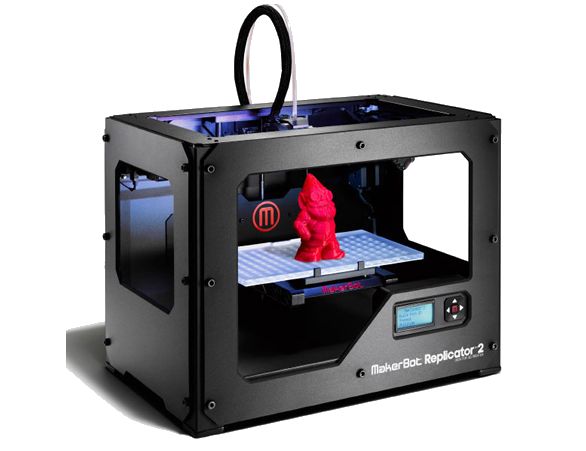
Even if you 3D print Lego-looking bricks, you are good if you don’t claim that the prints are made by the company or that your product is endorsed by Legos unless excused or permitted by the company.
Check out this Customizable LEGO-Compatible Brick on Thingiverse. It has several remixes of customized models that other users have made, and you can download the actual file itself, which includes a .scad design file.
Is a 3D Printed Knife Illegal?
No, it is not illegal to 3D print a knife since knives are legal objects. Many 3D printer users have 3D printed like letter openers, flip knives, a balisong without legal issues. Avoid patented or trademark knives since it can infringe on their brand. Be careful with taking them in public depending on your local laws.
While there is no law against 3D printed knives, there are some libraries that have 3D printer access will classify 3D printed knives as a weapon, which is prohibited.
A 3D printing library once had a teenage boy 3D print a 3” knife which could inflict a puncture if handled with force, The library disallowed the boy from picking up the 3D printed knife as it was classified as a weapon.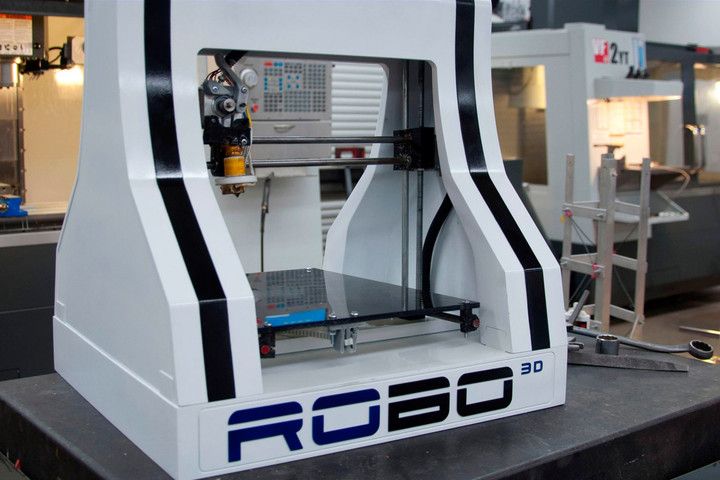
When the parent of the boy assumed that it was an age-related issue and called to pick up the knife, they had to let them know that it was not an age-related issue and that the print was classified as a weapon.
The policy of the library at the time was that all 3D prints could be vetoed at the discretion of the library staff. After the incident, they had to update their policy to incorporate the prohibition of 3D printed weapons.
If you’re looking to 3D print a knife in a public library, you may also want to check their policy on 3D printing weapons or knives.
Check out the video below for a cool video on 3D printed knives and tools.
The video below shows the process of 3D printing a knife and seeing whether it would actually cut paper.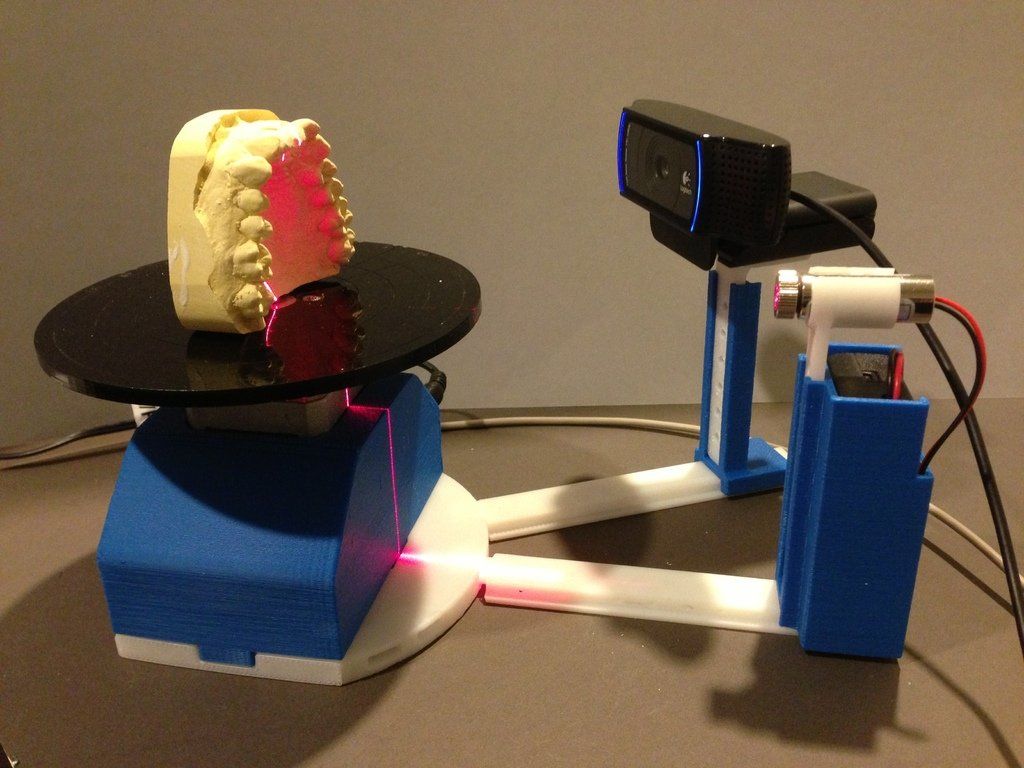
Is It Illegal to 3D Print Guns?
It can be illegal to 3D print guns depending on your location. You should refer to your country’s laws to see if it is legal to 3D print them. One London student was convicted for 3D printing a gun, but the laws are different in America. 3D printed guns should go off in a metal detector to satisfy federal laws.
It is not illegal to 3D print guns at home for legal use depending on your location and countries’ laws. However, it is illegal to sell these 3D printed guns. There is a federal law that makes illegal any gun that does not go off in pass-through metal detectors which includes plastic 3D printed guns.
Users are asked to insert a piece of metal in these types of guns to make them detectable.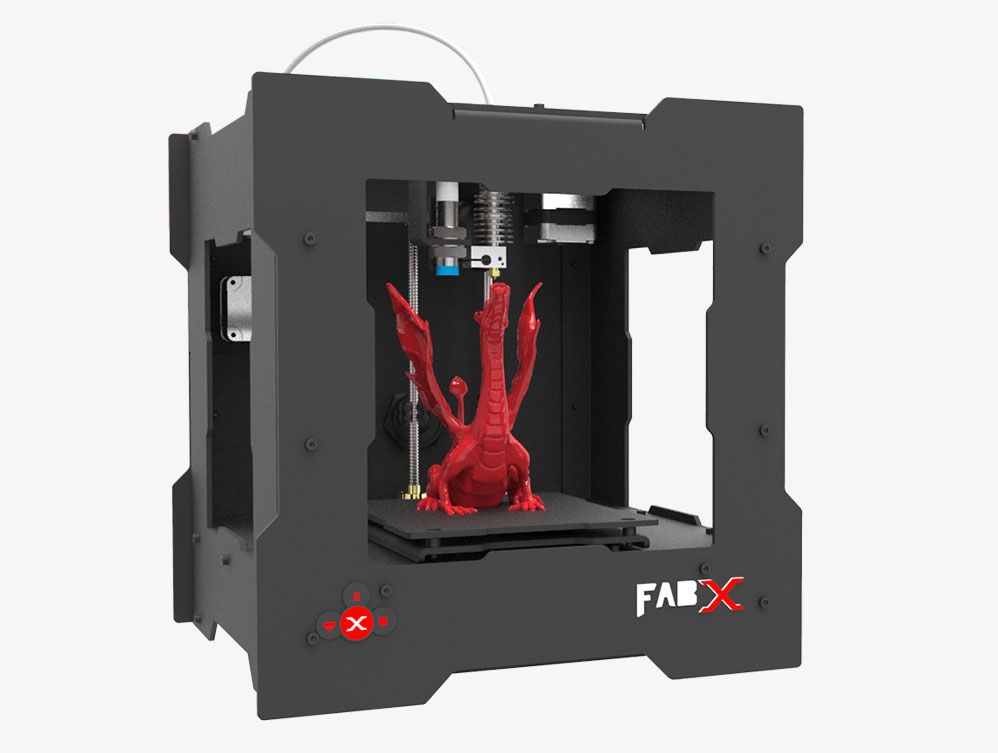
3D printed guns don’t require serial numbers so they may not be traceable by law enforcement. Also, 3D printers themselves don’t require that you pass a background check before you produce a gun part by part.
This is why 3D printed gun owners are required to meet certain requirements for detectability.
A license is not required to manufacture guns for personal use but you’d require a license to distribute or sell them.
This also depends on the country or state in which you are. Different states have additional laws regulating 3D printed guns. While some states may issue a serial number for 3D printed guns, others may only require that the manufacturer keeps a log of their serial number.
You may also want to find out if there are some additional regulations or laws around 3D printed guns to not go against the law.
In the United Kingdom, the Firearms Act 1968 bans the manufacturing of guns or their parts without government approval and this includes 3D printed guns.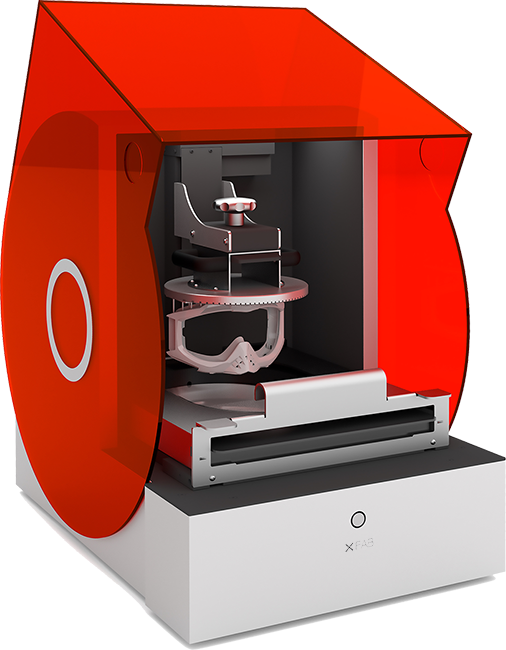
Is it Illegal to 3D Print a Suppressor or Lower?
It is not illegal to 3D print a suppressor or lower receiver in most cases depending on state laws. The ATF only requires that there is a metal component that will make it detectable as a gun or firearm part.
Owners are also expected to obtain a serial number for manufacturing a suppressor or lower receiver since they are both categorized as part of a firearm. Especially if they are looking to sell or gift the component.
Do double-check the laws of your state or country on this.
What is Illegal to 3D Print?
This is subject to the laws guiding 3D printed parts in a particular state. However, it is illegal to 3D print;
- Patented Objects
- Weapons
- Firearms
Printing items with a patent on them is illegal as you may face the possibility of being sued for 3D printing them. Since the items have patents on them, you are not licensed to reproduce them without approval from the owner.
You may have to be careful with patented objects by ensuring that whatever you’re 3D printing is not someone else’s innovation or creation. If you are looking to print a patented item, you may have to seek permission and most probably do some paperwork before being permitted to 3D print them.
It’s possible to get around this by making significant changes to the object you are printing which doesn’t fit into the exact patent or trademark of the object. An example would be the Customizable LEGO-Compatible Brick from Thingiverse as mentioned above.
3D printing assault weapons such as guns or firearms are not regulated in some states, and it is legal to print guns as long as it’s for personal use and they have metal components to make them detectable.
With the continued advancement in 3D printing, it is possible that what is legal or illegal to 3D print may change.
So, you should constantly look out to be sure that what you’re 3D printing is legal to print, especially if it has some controversies around it.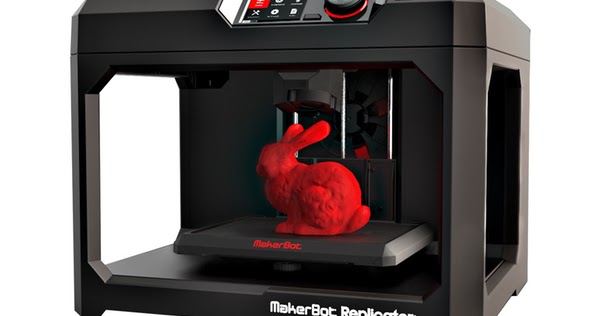
3D printing scams: how scammers use new technologies
It was once a gimmick, but now it's clear that 3D printing is the future. It's true that most 3D printing applications are mundane and unimpressive. but we will soon see things like 3D printed food. and 3D printing of human organs
But, as with all new technologies, evil people will distort it and use it for their own personal gain - and, unfortunately, 3D printing is no exception. Every year it seems that we are subjected to another scam or crime related to 3D printing. This is both sad and annoying.
Worst of all, these scams can affect you, whether you're a fan of 3D printing or someone who hasn't even touched the idea of 3D printing. Here are a few scam archetypes you should be aware of.
Kickstarter scam
2014 was the year of cheap 3D printers. Month after month, new projects appeared on Kickstarter and reduced the price of previous printers. But the wave crashed when one of the printers, called Mota, canceled their campaign when the creators realized that such a low price was not possible.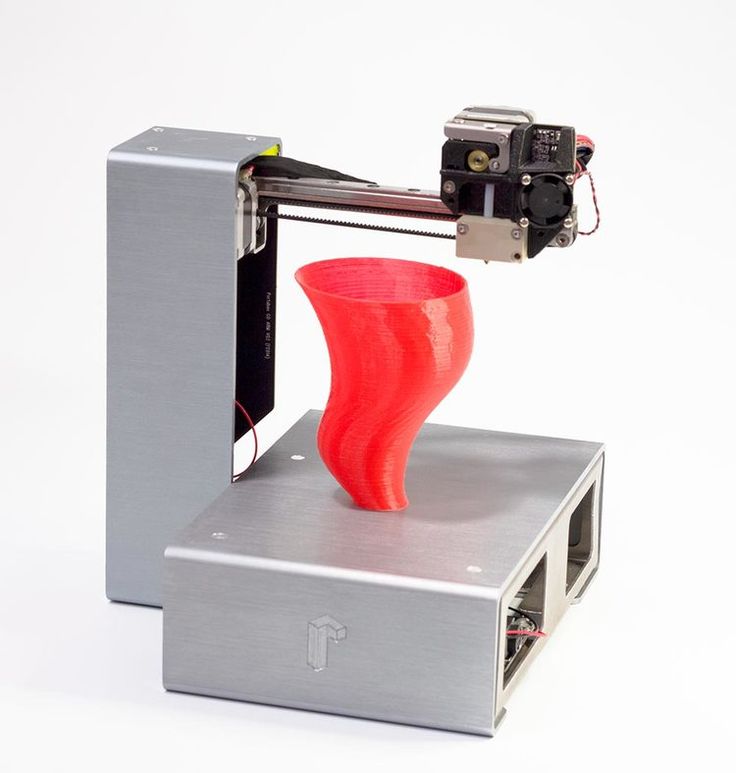 This was in August 2014.
This was in August 2014.
Just a month later, another Kickstarter campaign appeared, except that this campaign was "too good to be true" than any before it. It promised impossible specs at an incredible price, like a 15" x 15" x 15" square for $299. Well, over the course of their campaign, dubbed Cobblebot, this project has raised over $373,000 to meet the $100,000 target.
Things got worse when the creator started deleting comments from skeptical people asking tough questions like how the price was even economically feasible. In addition, Cobblebot soon launched another Indiegogo campaign to raise even more funds - a strange move considering how much extra money it has raised on Kickstarter.
Although some Cobblebots have been sent, the vast majority of patrons have not yet received anything.
There are other examples of this. In May 2015, a fake 3D printer called NEA 3D launched a Kickstarter campaign using stolen art materials and plagiarized text descriptions.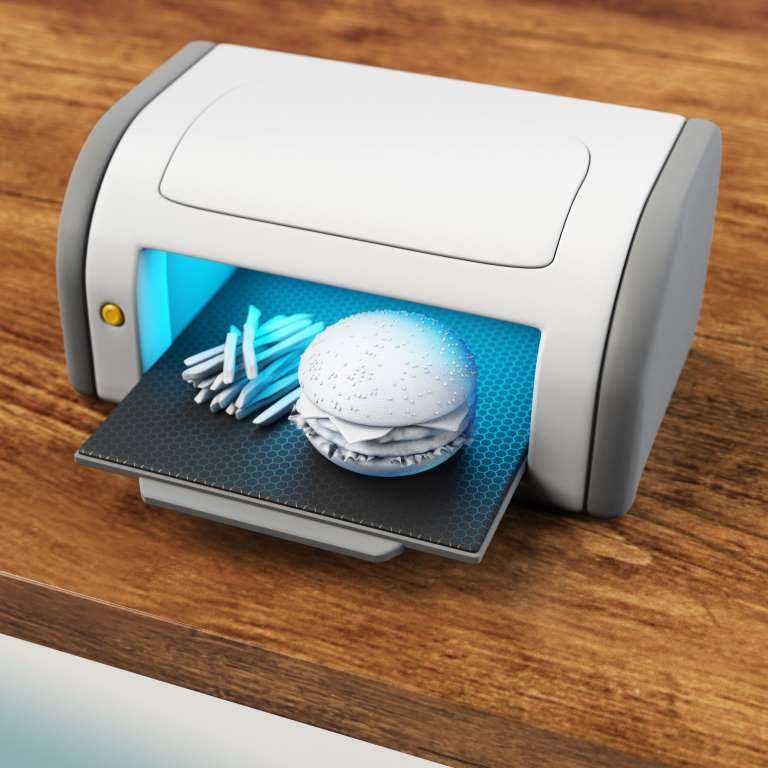 Soon another fake campaign was discovered on the XEOS 3D printer, which is understood to be the real 3D printer concept, but the creator had nothing to do with the Kickstarter campaign.
Soon another fake campaign was discovered on the XEOS 3D printer, which is understood to be the real 3D printer concept, but the creator had nothing to do with the Kickstarter campaign.
Both campaigns have been suspended.
The sad irony of all this is that Kickstarter is one of the main reasons why 3D printing is as popular as it is today. Some of the cheapest 3D printers available got their start on sites like Kickstarter, and they were all completely legal. If the Kickstarter scam continues, it could mean the death of cheap and innovative 3D printers like the M3D Micro
.0008 Fake Scam ProfitThere is another kind of trick that uses the hype in 3D printing. to convince unsuspecting people to give their hard-earned cash to digital snake oil. This kind of scam is possibly worse than the Kickstarter scams.
Here's how it works.
Back in 2013, when 3D printing was still in its infancy, a guy named Sam Frlan started selling a training course called 3D Printer Profits.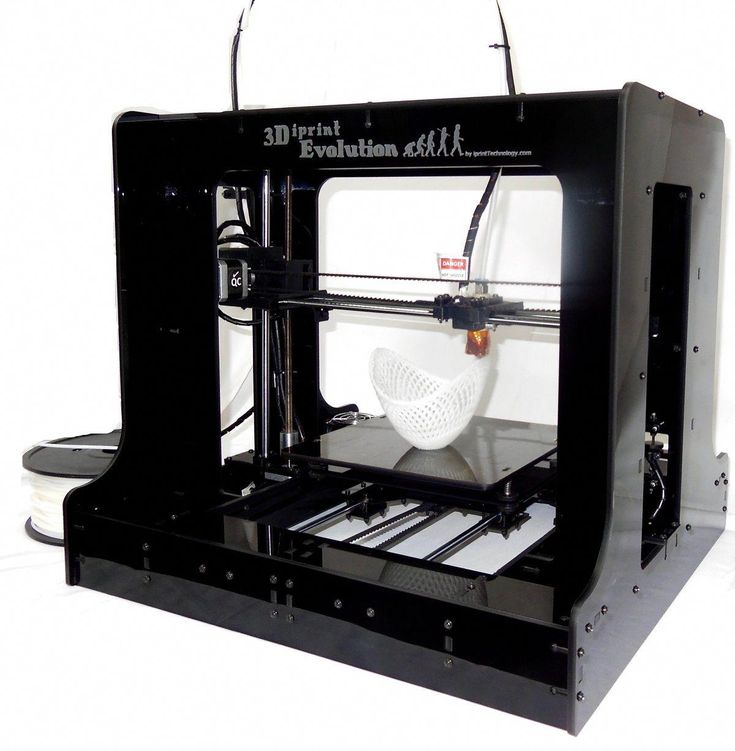 His claim was simple yet compelling: He made over $500,000 a year with 3D printing and was going to teach you how.
His claim was simple yet compelling: He made over $500,000 a year with 3D printing and was going to teach you how.
All you had to do was buy his training course for only $47. Here comes the kicker: he promised that you could make so much money even if you didn't know anything about 3D printing and didn't even own it for yourself . This should be an immediate red flag to anyone with a bit of common sense.
To be clear, it's certainly possible to make money with a 3D printer - like selling your crafts online to sell your crafts online - but there will never be a reliable way to make $500,000 a year without any knowledge. If that were true, we would all be millionaires.
ATM Skimmer scam
And then there are people who use 3D printers to print tools that help in illegal activities. One scary example is the ability to 3D print 3D printed automatic rifles, but even more frightening is the fact that some people already have 3D printed ATM skimmers.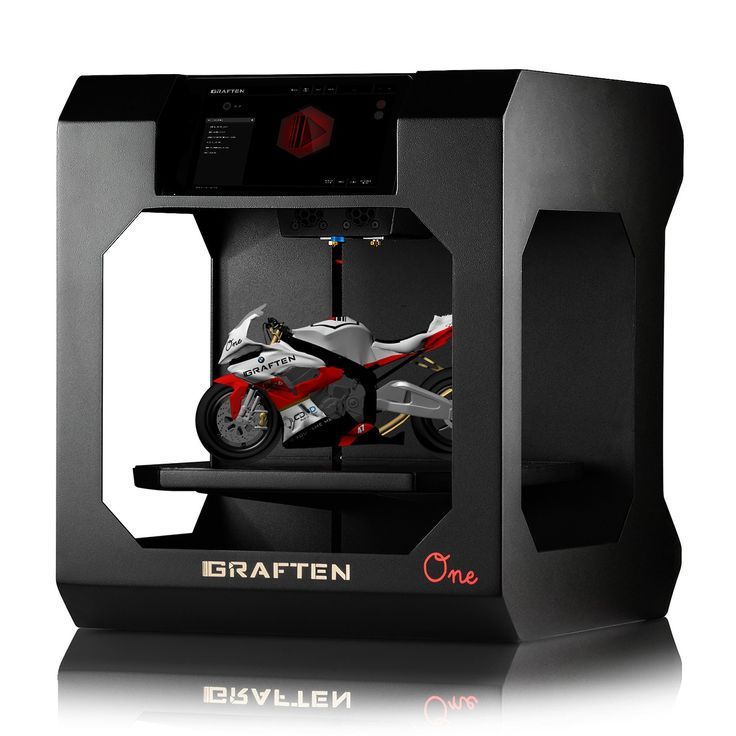
Back in 2011, an organized crime unit printed out a bunch of card skimmers, which they then installed in various ATMs. Every time a customer used one of these compromised ATMs, he would steal whatever information was on his card and send it to a laptop that would collect all the data from each ATM.
Over $400,000 was stolen before the US Secret Service caught the perpetrators. Unfortunately, this is a common scam, so here are some important tips on how to find a hacked ATM. detect hacked
As 3D printing becomes cheaper and more accessible, we will see a considerable increase in the number of crimes of this kind. What happens when it becomes trivial to 3D print keys, weapons, money, or even drugs? And if 3D scanners ever gain traction, object duplication could be a real problem in the near future.
Don't blame 3D printing technology
Again, let's be clear: 3D printing technology is not to blame. Fraudsters and meanness have always existed and will always exist. If it's not 3D printing, it will be virtual reality, or smart TVs, or wearables. They will use whatever they can, so don't be afraid of 3D printing itself.
If it's not 3D printing, it will be virtual reality, or smart TVs, or wearables. They will use whatever they can, so don't be afraid of 3D printing itself.
However, there have been many scams on the Internet for many years. , so be vigilant and never trust anything, especially if it has to do with hot new trends and interesting topics.
Have you ever been scammed with a 3D printer? Will this shake your faith in technology in general? Share your experience with us in the comments below!
Image credit: Sergey Yaremenko 3d printer via Shutterstock, ATM card0003
The technology of three-dimensional printing (3D Printing), which appeared in the last millennium, until recently was used only by specialized companies and large industries. But over the past three years, equipment has fallen in price by an order of magnitude. The ability to create an object at home, with only a standard "raw material" and a computer file-instruction, means a fundamental shift in the control of production towards the consumer.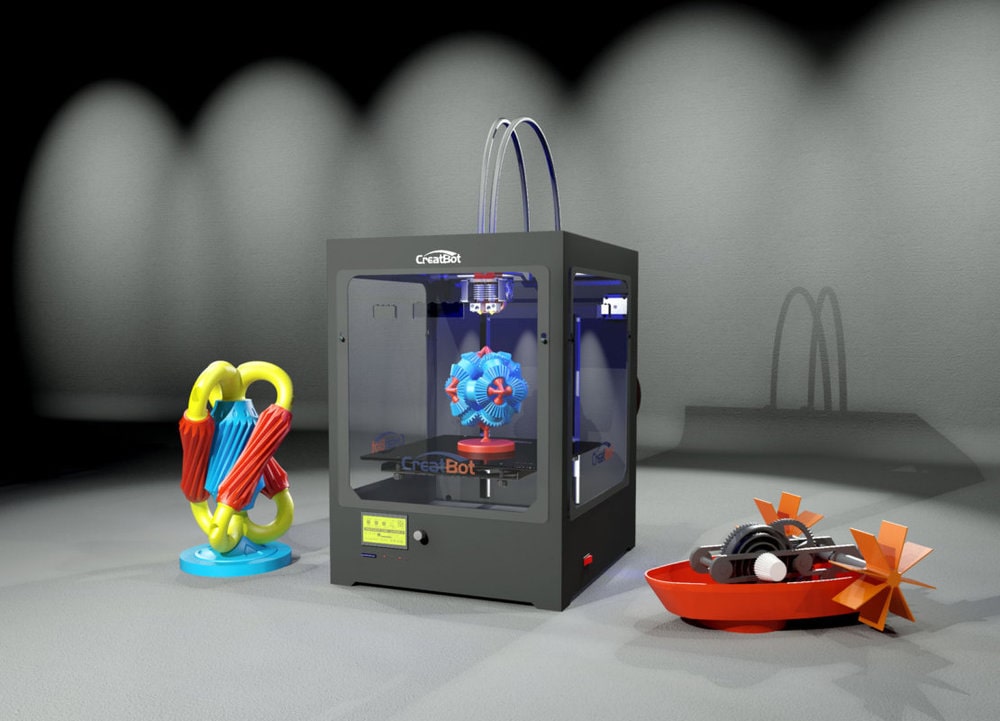 "Pravo.Ru" considers the likely legal problems associated with the spread of 3D printers.
"Pravo.Ru" considers the likely legal problems associated with the spread of 3D printers.
Rapidly developing 3D printing equipment is not yet able to reproduce a working car on its own, but it can easily create a simpler object, such as a copy of a sculpture or a machine part. In Europe, prices for such devices start at just 500 euros, while in Russia they still cost between $3,000 and $6,000 for personal 3D printers. Some models can already use almost any material with the desired plasticity.
Current intellectual property rights legislation was in place before the widespread use of 3D printers. Therefore, in the near future, lawyers will have to find answers to a number of new questions - what can be the subject of intellectual property rights, taking into account the peculiarities of the 3D printing process, how to determine them, what is a violation of rights and how they can be protected. Apparently, the new technology will be the same test for this area of legislation as it was before - software, mp3 players and the Internet.
3D printing poses an immediate threat to small manufacturers, especially when the value of the product lies primarily in the design. The simpler the inside of a product, the smaller it is, and the fewer different materials it needs to make it, the more likely it is to be illegally copied. When using a 3D printer, the cost per unit of production is reduced to the cost of raw materials and energy; Obviously, as technology spreads, the price of cartridges will decrease. Under these conditions, copying will inevitably take on a significant scale - for printing, in addition to raw materials, you only need a CAD file (CAD - Computer-Aided Design, computer-aided design). Material is sold in standard cartridges or loaded directly into the printer, and the CAD file can be emailed or posted online.
Now, in most jurisdictions, the owner of the rights can bring a claim against the individual or company directly involved in the illegal copying and those who contributed to the infringement.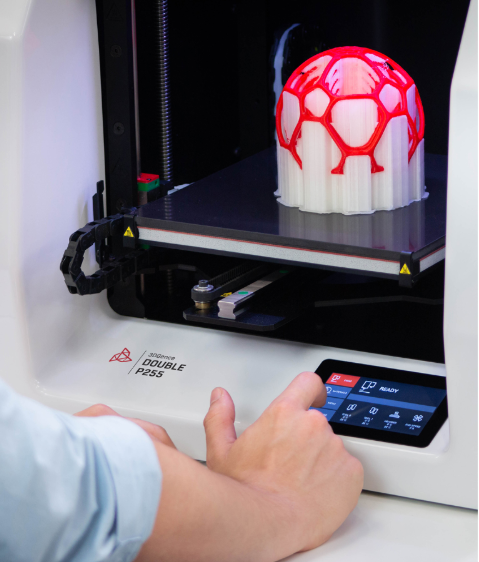 But from a practical point of view, the current system of rights protection may be ineffective.
But from a practical point of view, the current system of rights protection may be ineffective.
Individuals
If the infringer is an individual, the first problem is that before you can sue, you must first find him, which can be difficult in itself. Prosecuting a single minor infringement, especially if the object is made for personal use, is technically difficult and usually not worth the trouble. Search and prosecution can be costly both literally and figuratively in terms of the public image of the copyright holder company. "No one wants to file a lawsuit against individuals - look at Monsanto's PR problems [ international biotechnology corporation. - "Pravo. En" ], arising from their desire to punish farmers for patent infringement," says Peter Yim of the law firm Morrison & Foerster. And almost certainly the compensation received will not cover the costs - in most cases it will be about
Worse, in Britain and other European jurisdictions, copying a product by an individual for personal, i.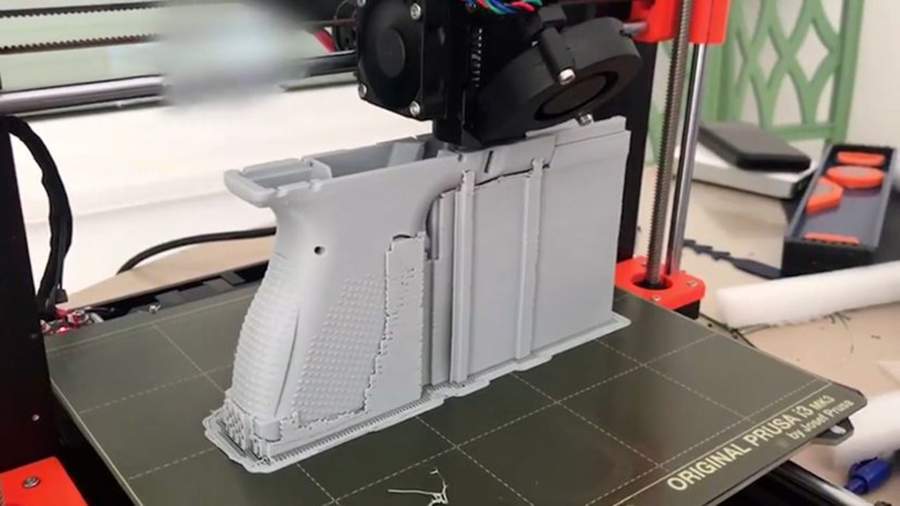 e. non-commercial use is not considered an infringement of intellectual property rights at all. 100,000 people “printed” the networks and the product,” says David Knight of the law firm Field Fisher Waterhouse. “What will you do in this situation?” It follows that the most heated debate will be about the source of the file, its original distributor - pursuing intermediaries can also be a difficult matter, as the music industry has already seen.
e. non-commercial use is not considered an infringement of intellectual property rights at all. 100,000 people “printed” the networks and the product,” says David Knight of the law firm Field Fisher Waterhouse. “What will you do in this situation?” It follows that the most heated debate will be about the source of the file, its original distributor - pursuing intermediaries can also be a difficult matter, as the music industry has already seen.
So, the first target will be "accomplices" of the crime, for example, sites on the Internet that allow users to exchange files containing descriptions or images of objects protected by the copyright holder. But Professor John Bryson of the University of Birmingham draws attention to the growing popularity of 3D scanners. “Users of the future will use this technology widely, and it will be very difficult to regulate this area,” he explains.
You can also try to sue the equipment manufacturers. But the prospects for such a process will not be very promising for the rights holder. In the USA at 19In '84, the era of VCRs, a landmark judgment was reached in Sony Corp. of America v. Universal City Studios, Inc.. According to this decision, manufacturers of recording devices are exempt from liability for copyright infringement if the devices they produce are created for use with a legitimate purpose (then it was the use of video recorders for illegal copying and watching movies). The same logic will obviously apply to 3D printers - they also have a perfectly legitimate application.
In the USA at 19In '84, the era of VCRs, a landmark judgment was reached in Sony Corp. of America v. Universal City Studios, Inc.. According to this decision, manufacturers of recording devices are exempt from liability for copyright infringement if the devices they produce are created for use with a legitimate purpose (then it was the use of video recorders for illegal copying and watching movies). The same logic will obviously apply to 3D printers - they also have a perfectly legitimate application.
But even when the direct producer is known, prosecution is not necessarily easy. Let's say a 3D print shop has printed a certain object for a customer who has sent the appropriate CAD file. At a minimum, it will be necessary to prove that the print bureau knew that the ordered object violates someone's rights - this may turn out to be a non-trivial task.
Legal entities
What tool to use to protect your intellectual property if the infringer is a legal entity? You need to choose from several basic options - patents, trademark rights and copyrights. If a company "prints" a product patented by another company, the patent owner will have to prove that the new product contains all the structures and components described in the patent. This makes it possible to create a product that resembles the original, but is not similar enough to be considered infringing on the rights of the patent owner, explains Mark Hankin, founder of Hankin Patent Law. Likewise, for a product to infringe trademark rights, confusing similarity must be proven, which is not always obvious.
If a company "prints" a product patented by another company, the patent owner will have to prove that the new product contains all the structures and components described in the patent. This makes it possible to create a product that resembles the original, but is not similar enough to be considered infringing on the rights of the patent owner, explains Mark Hankin, founder of Hankin Patent Law. Likewise, for a product to infringe trademark rights, confusing similarity must be proven, which is not always obvious.
Finally, copyrights protect, among other things, works of art, such as sculptures. But functions are not subject to protection, so curious situations may arise when, for example, an armchair manufacturer will claim that his chair is primarily a sculpture, which also has an additional functional purpose.
What to do
In this situation it is short-sighted to rely on the protection of the law alone. Elizabeth Ferrill and Robert Yoches of the law firm Finnegan, Henderson, Farabow, Garrett & Dunner, LLP, advise holders of intellectual property rights that may be at risk to use the following three approaches:
1.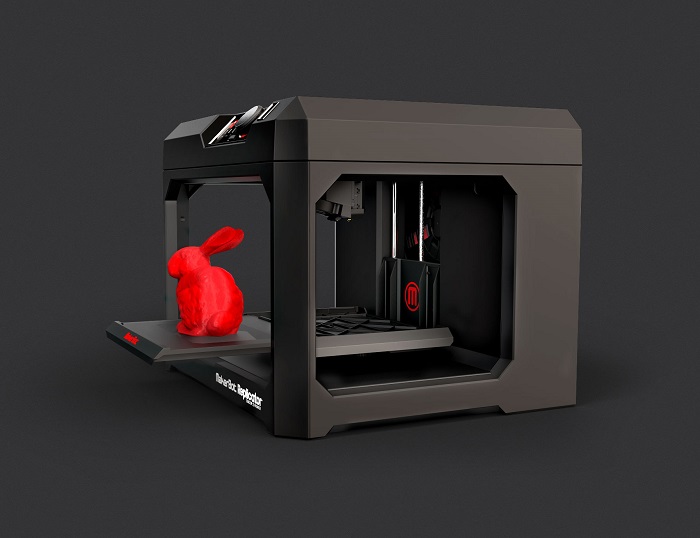 Develop, don't defend. Organize your production cycle so that you are always ahead of those who copy your products. If your designers are constantly coming up with new ideas, potential intruders will be less tempted to wait for the CAD file to show up. This model of self-defense has been successfully used by the fashion industry for a long time. However, she has her own Achilles heel - 3D scanners.
Develop, don't defend. Organize your production cycle so that you are always ahead of those who copy your products. If your designers are constantly coming up with new ideas, potential intruders will be less tempted to wait for the CAD file to show up. This model of self-defense has been successfully used by the fashion industry for a long time. However, she has her own Achilles heel - 3D scanners.
Prof. Bryson agrees: “Some UK firms are already preparing to leave the old ways of protecting their intellectual property, because innovation itself protects them. Three or four technologies a year are enough for them to stay ahead, and by the time someone figure out how to copy their product, these firms will already be making money on the next product."
2. Use technology to your advantage. Printing a quality 3D product at this stage of technology development is not as easy as it sounds. Many users may be willing to pay for an official CAD file for the printer, which is supposed to create fewer printing problems and guarantee a minimum level of quality.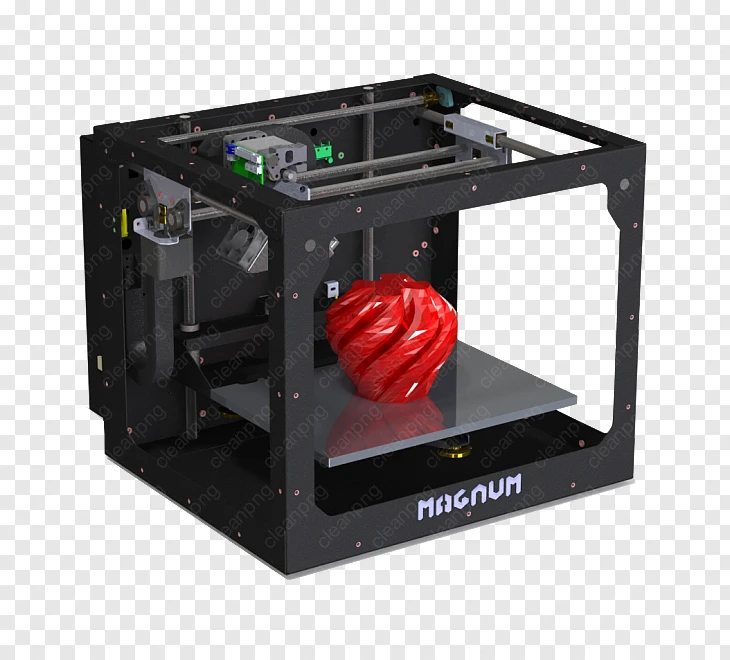 In addition, copyright holders can offer an easy way to make some changes to the original file (as Nokia did with cases for the Lumia 820). You can sell, for example, spare parts with additional functionality or made from materials not used by personal 3D printers. But the lawyers consider setting the price of the final product comparable to the cost of home "production" as the most promising technique; however, it is not profitable in all cases.
In addition, copyright holders can offer an easy way to make some changes to the original file (as Nokia did with cases for the Lumia 820). You can sell, for example, spare parts with additional functionality or made from materials not used by personal 3D printers. But the lawyers consider setting the price of the final product comparable to the cost of home "production" as the most promising technique; however, it is not profitable in all cases.
3. But do not neglect the traditional tools to protect your rights. Protect your product by fixing the rights as soon as possible, and rush to protect them as soon as possible. For example, in the US, companies send letters in the category "cease and desist letters" (lit. "stop and refrain from now on"). This is how HBO secured its rights to the iPhone docking station, designed as the Iron Throne from Game of Thrones.
Ronen Kadushin, designer and consultant, understands those who are not ready to give up traditional methods of protection.



